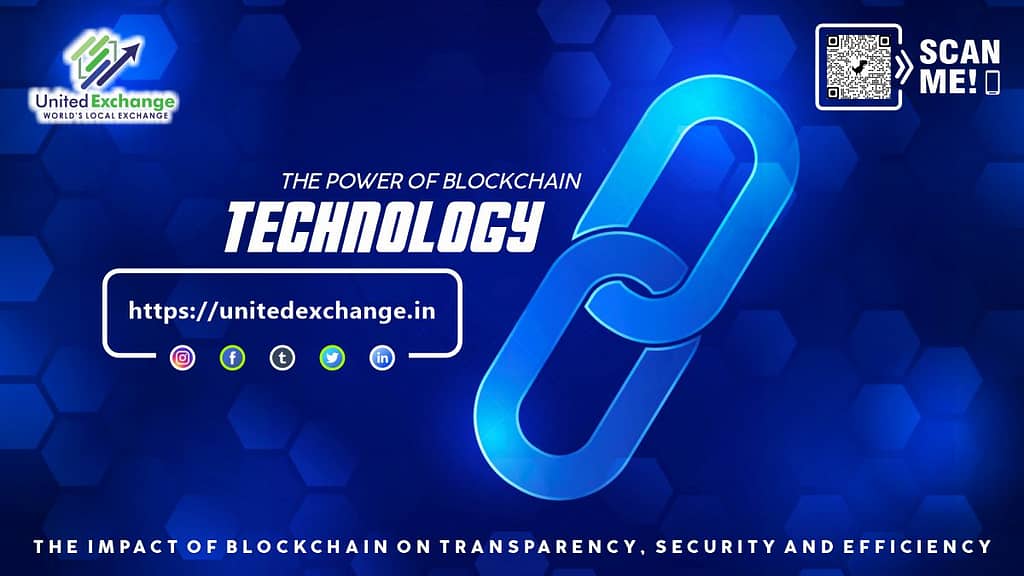Introduction
In today’s digital age, blockchain technology has emerged as a revolutionary force, transforming the way we perceive and interact with data. This article explores the power of blockchain technology and impact of blockchain technology on transparency, security, and efficiency in various domains.
What is Blockchain?
Transparency: Redefining Trust in the Digital World
Understanding Blockchain Transparency
Blockchain’s decentralized ledger system ensures transparency by recording transactions across a distributed network of computers. Elimination of intermediaries allows stakeholders to access real-time, verifiable data, fostering trust and accountability.
Applications in Supply Chain Management
Blockchain enables end-to-end traceability, ensuring transparency in the provenance of goods. Combatting counterfeit products and ensuring ethical sourcing practices through immutable records.
Enhancing Accountability in Elections
Blockchain-based voting systems offer transparent and auditable elections, reducing the risk of fraud and manipulation. Immutable voting records enable citizens to verify the integrity of the electoral process.
Security: Fortifying Digital Infrastructure
The Role of Cryptography in Blockchain
Blockchain utilizes cryptographic techniques to secure data, making it tamper-proof and resistant to unauthorized alterations. Each block is cryptographically linked to the previous one, creating a chain that is virtually impossible to manipulate.
Mitigating Cybersecurity Risks
Decentralization reduces the risk of single-point failures and cyberattacks, enhancing the resilience of digital infrastructure. Immutable ledger ensures the integrity of data, protecting sensitive information from breaches and hacks.
Efficiency: Streamlining Processes and Transactions
Automating Trust with Smart Contracts
Smart contracts enable self-executing contracts with predefined conditions, automating trust in transactions. Reduction of intermediaries leads to faster and cheaper transactions, minimizing delays and costs.
Revolutionizing Cross-Border Payments
Blockchain facilitates faster and cheaper cross-border transactions, disrupting the remittance industry. Elimination of intermediaries reduces transaction fees and settlement times, benefiting consumers and businesses alike.
Challenges and Opportunities Ahead
Scalability Issues and Interoperability
Challenges Blockchain scalability remains a significant challenge, limiting its potential for mass adoption. Interoperability between different blockchain platforms is crucial for seamless integration and data exchange.
Regulatory Uncertainty and Compliance Considerations
Regulatory frameworks must evolve to accommodate the unique characteristics of blockchain technology. Balancing innovation with regulatory compliance is essential to foster a conducive environment for blockchain adoption.
Improved Data Management:
Conclusion: Embracing a Transparent, Secure, and Efficient Future
Blockchain technology holds immense promise in reshaping the digital landscape, offering unprecedented levels of transparency, security, and efficiency. By leveraging blockchain’s transformative potential, we can build a future where trust is inherent in every transaction, and digital infrastructure is fortified against cybersecurity threats. As we navigate the challenges and opportunities ahead, let us embrace blockchain technology as a catalyst for positive change in the digital era.
